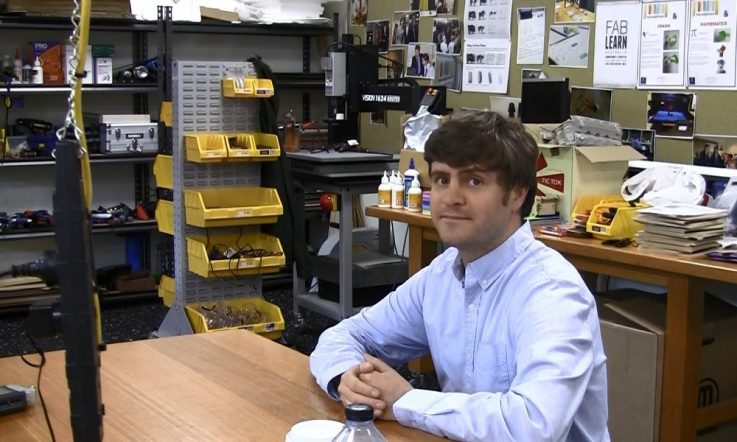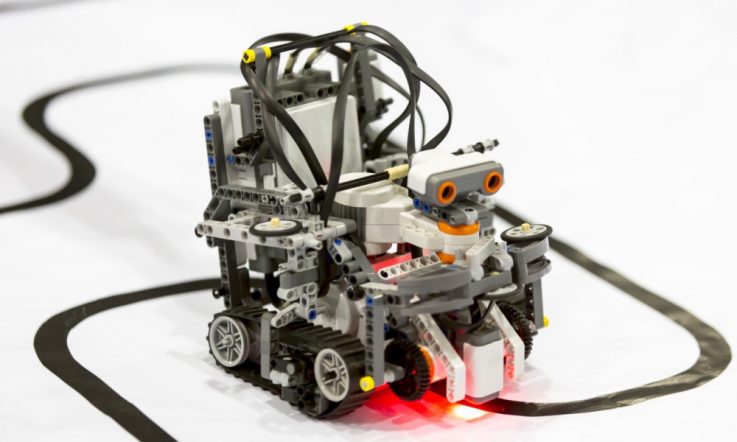To address the decline in STEM (Science, Technology, Engineering and Mathematics) participation in secondary and tertiary schools, experts are turning to innovative approaches to engage students in their science lessons.
Russell Tytler, Professor of Science Education at Deakin University, will be speaking at next month's Research Conference 2016 about how the art of drawing is a key activity to helping students engage with science.
‘If we are to engage students with thinking/reasoning and working scientifically, we need to align classroom practices more authentically with the knowledge building, or epistemic practices of science,' Tytler tells Research Developments ahead of the event.
‘The science that students engage with should demonstrate the nature of science as it works in the world. Because science is so often visual and spatial in nature, drawing is a key activity, alongside modelling, role-play and digital simulation.'
The annual Research Conference is hosted by the Australian Council for Educational Research (ACER). This year it focuses on the significant challenges and some possible solutions in promoting improved STEM learning in our schools.
Tytler acknowledges that it's not just the drawing itself that must be considered, educators need to align drawing tasks with real-world use of science. ‘Drawings are a powerful focus for collaborative reasoning and generation of meaning, provided the task is matched to a joint purpose and students are appropriately scaffolded.'
The academic will also present video evidence to explore the use of drawing, gesture and talk in the classroom.
Ross Turner, Project Director of ACER's International Mathematical Modeling Challenge, tells RD that drawing, sketching and other forms of visual representation are useful ways for students to work out the problem they are trying to solve. ‘Mathematical modelling is used in many walks of life to employ mathematical tools and knowledge to describe and analyse situations in the real world, and helps students to see how STEM applies in the real world.'
Read the full article: Back to the drawing board – A different approach to STEM education published in ACER's Research Developments.
In preparation for the three-day conference in Brisbane, keynote speaker Professor Tim Bell joined Teacher to talk about coding, Computer Science in the curriculum and computing unplugged in a special episode of our Research Files podcast series.
On improving student participation in Computer Science, he told us: ‘… the biggest problem that we have, and it's an international problem, is that kids just don't know what the subject is. When they're deciding whether or not to do it beyond high school level then they're making decisions based on misinformation, based on stereotypes and not knowing what kind of jobs there are and what kind of skills are needed for it.'
To listen to the podcast or to read the full transcript of the interview, click on the link below.
To find out more about the ACER Research Conference 2016 and to register, click on the link or visit acer.edu.au/rc/registration.



